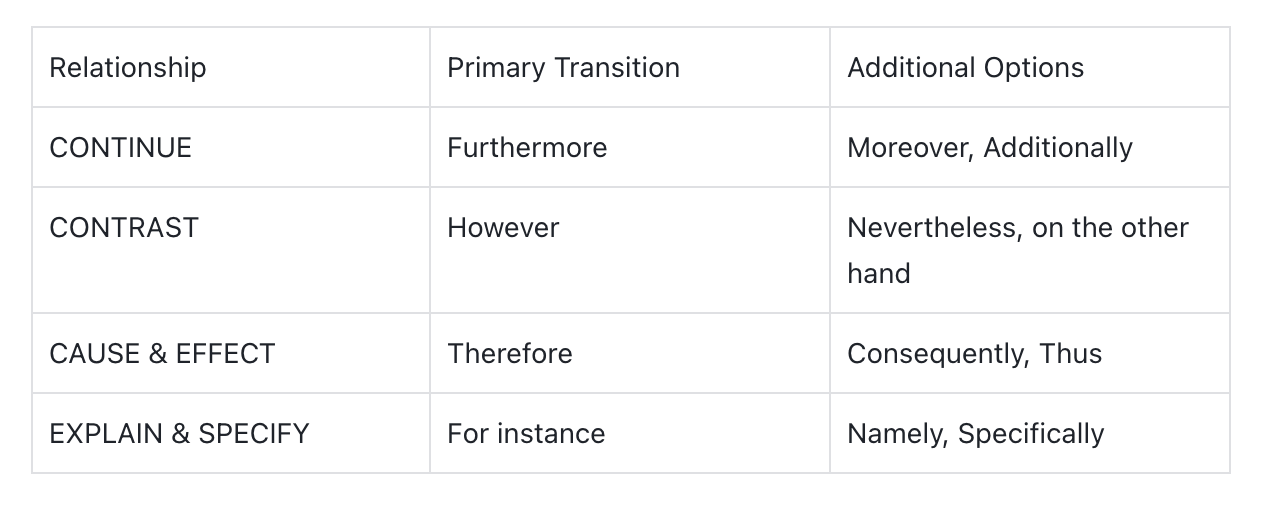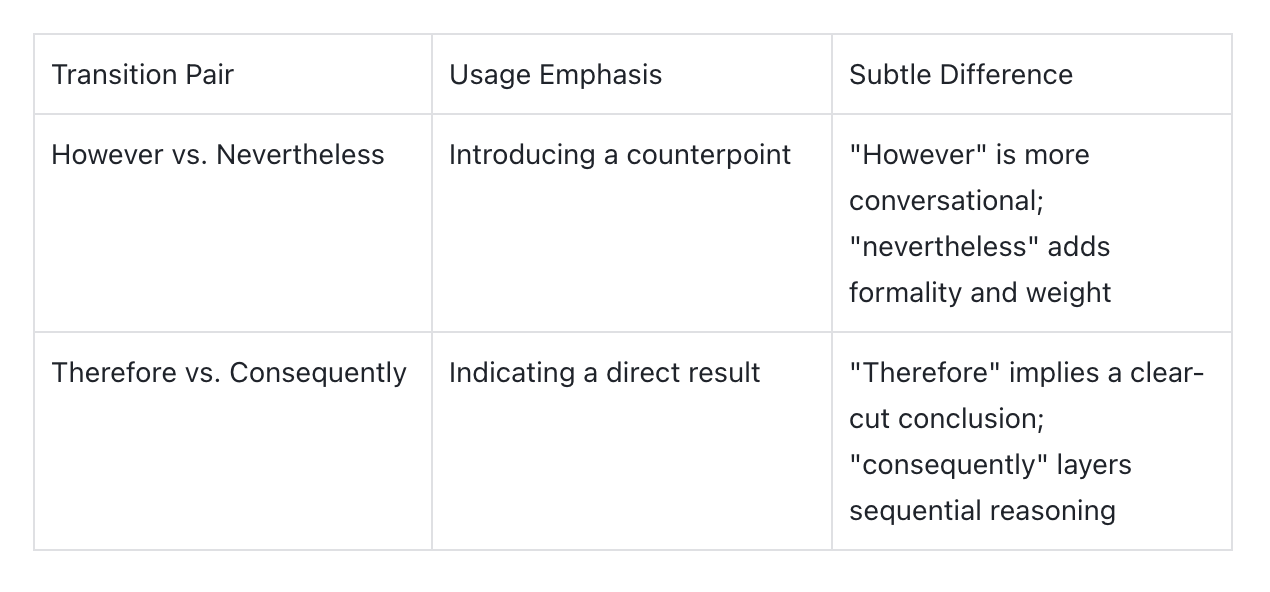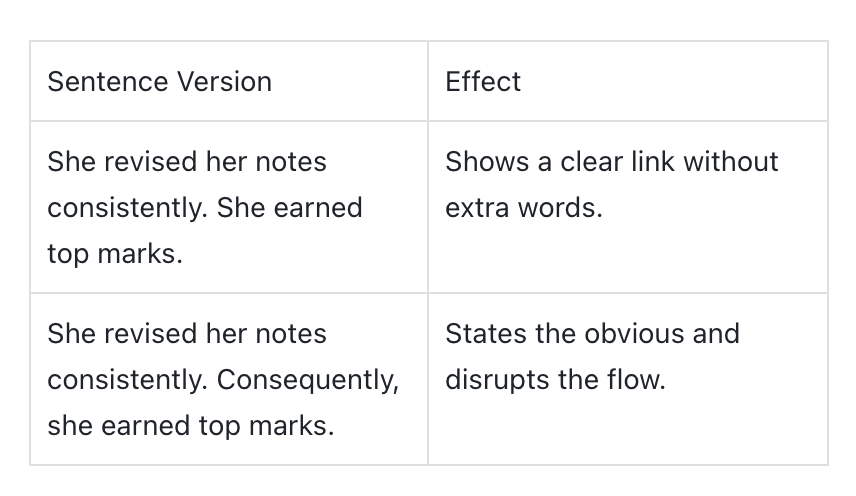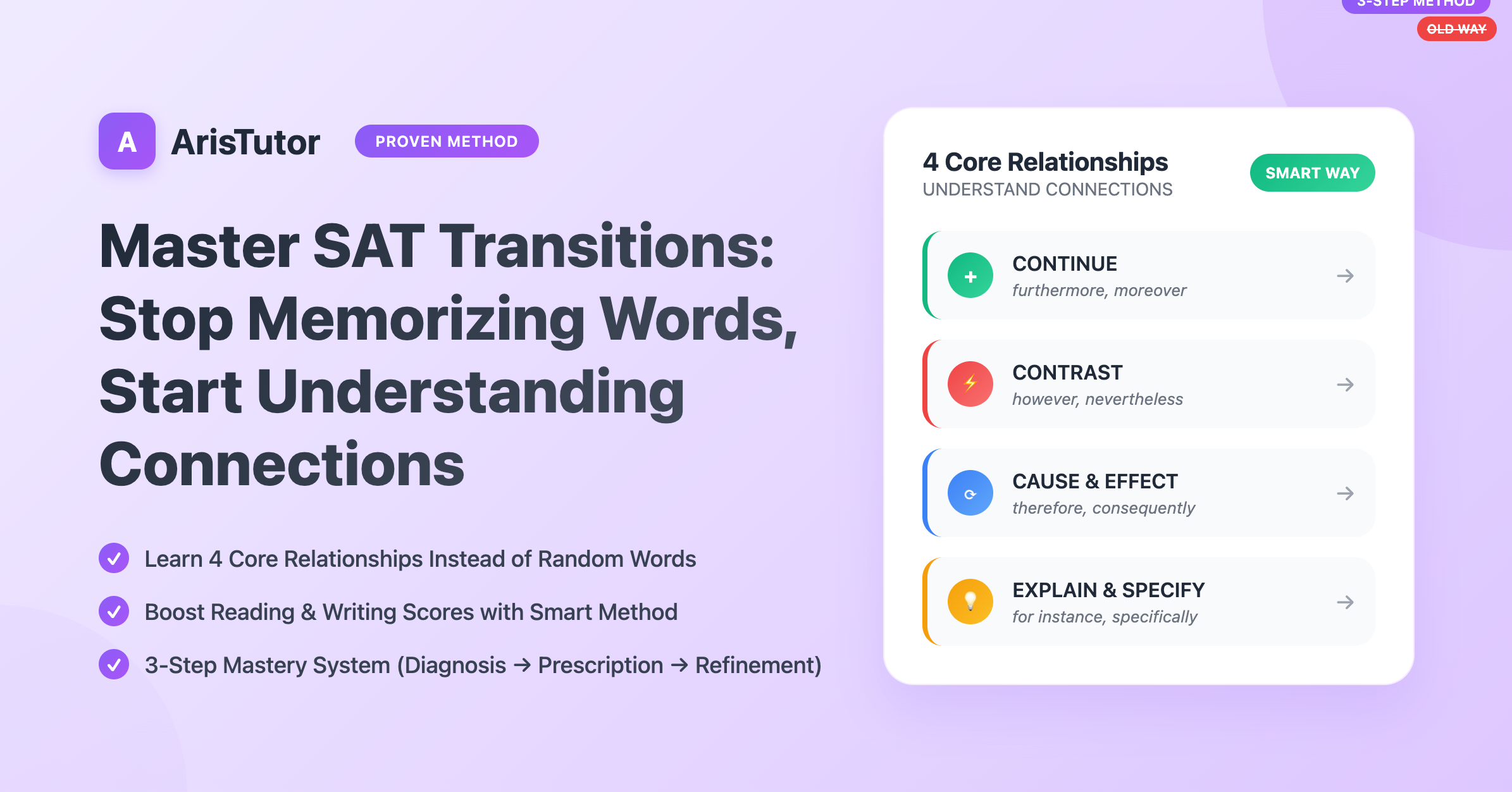Description
Transform your SAT prep by learning the 4 core relationships between ideas instead of memorizing random words. Boost your reading and writing scores with this proven method.
Introduction – You Don't Have a Word Problem, You Have a Relationship Problem
Stop memorizing lists of random SAT academy words. Your biggest problem isn't remembering definitions but understanding how ideas connect with each other in writing. Students often waste time trying to learn long lists of words by heart while missing the real connections between ideas in passages.
Instead of that, you should learn to spot the basic patterns that show up in the text - like when writers add more support for their point, show different sides of an argument, explain why things happen, or give more details about their ideas. When you understand these patterns first, you'll get better at reading and understanding language in a natural way, which helps you do well on the SAT.
Looking at how ideas connect changes everything about how you study transitions. The old way had you memorizing words like "furthermore" or "however" without really knowing when to use them. Start by asking yourself simple questions like "Does this sentence add more information or show a different view?" This better way of studying comes from real teaching experience and matches what experts say in SAT Transition Tips.
When you really get how ideas fit together, transition words become tools you can use with confidence. These connections help you pick exactly the right word for what you want to say. You need to change how you think about studying - stop trying to memorize lists and start looking at how arguments flow from one point to the next. This is what will help you get better scores on the SAT.
Step 1 – The Diagnosis: Master the 4 Core SAT Relationships
You need to understand how sentences connect to each other. Four key relationships appear over and over on the SAT - CONTINUE, CONTRAST, CAUSE & EFFECT, and EXPLAIN & SPECIFY. These patterns are the building blocks that help you read and write effectively on the test.
When one sentence builds on the previous thought, that's CONTINUE, and you'll see transition words like "furthermore" or "moreover."
But sometimes ideas clash with each other, and that's when CONTRAST appears through words like "however" or "nevertheless." CAUSE & EFFECT shows up when one thing leads to another, marked by words like "therefore" or "as a result." Finally, sentences that give more details use EXPLAIN & SPECIFY transitions such as "for instance" or "specifically."
Consider this simple diagram:
[Text A] → [CONTINUE] → [Text B] [Text A] → [CONTRAST] → [Text B] [Text A] → [CAUSE & EFFECT] → [Text B] [Text A] → [EXPLAIN & SPECIFY] → [Text B]
You can practice spotting these patterns in short sentence pairs. Think about whether the second sentence adds info, shows an opposite idea, tells a result, or gives more details. Regular practice will make this skill automatic.
I've helped many students master these connections through focused practice exercises. Visit SAT Reading Practices for more training materials to strengthen your understanding of these key relationships.
Step 2 – The Prescription: Matching the Tool to the Job
First, you need to find out how sentences relate to each other. You'll discover that picking the right transition words will help you score better on the SAT and improve your writing skills.
The first step is learning which words work best for different types of connections between ideas. When adding more information in a CONTINUE relationship, use words like "furthermore" or "moreover" to connect your thoughts smoothly. For a CONTRAST relationship, transitions such as "however" or "nevertheless" work best when showing different viewpoints.
In CAUSE & EFFECT relationships, words like "therefore" and "consequently" make it clear how one thing leads to another. Finally, if you need to give examples or details, transitions like "for instance" help explain your point better.
Below is a chart summarizing the toolkit:

Using the right transition words makes your writing clearer and stronger. These tools will help you write better essays and understand what you read more easily. For more practice and tips, check out SAT Reading Practices to build your skills. Remember that knowing these words will make you feel more confident when test day comes.
Step 3 – The Refinement: Understanding "Shades of Meaning" for 1550+ Scorers
Getting a top SAT score means knowing more than just basic transition words. Students must learn the small differences between similar words to reach excellence. In my experience teaching SAT prep, I've seen that studying these subtle differences helps strong students improve even more.
Think about words like "however" and "nevertheless" – they're not just random choices. The right word makes your writing clearer and more accurate. For instance, "therefore" points to a direct result, while "consequently" shows how one thing leads to another through several steps.
Reading SAT passages carefully helps you pick the best transitions. Try practicing with real SAT questions and think about why one word works better than another. This deep understanding of transitions can push your writing from good to great.
Here's a simple chart showing key differences:

Learning these fine points helps you read better and write more effectively. Understanding these small but important differences can lift your score from the 1500s to the top range. You can learn more at SAT Transition Analysis.
This careful attention to word choice will help you write at the high level the SAT expects.
The Special Case – The Power of "No Transition"
Sometimes you need to guide readers through your argument with transitions. Simple sentences that stand alone can be very powerful.
In my years of SAT tutoring, I've noticed that too many transition words can make writing harder to follow. The natural flow between ideas often works better than forced connections.
When two ideas clearly connect, you don't need words to link them. Think about cause and effect - readers can usually see these patterns without help.
Consider this example:

Not using transitions can make your writing stronger. Clear writing often relies on the natural connections between ideas.
Research on SAT essays shows that too many signal words can weaken your message. Students who score well know when to let their ideas flow naturally.
This careful approach to transitions is a smart writing strategy. It helps create clear, direct writing that readers can easily follow.
Conclusion – Your 3-Step SAT Transition Mastery Flowchart
Learning SAT transitions is simple when you follow three steps. You can think about these steps as a path that leads you from start to finish.
Diagnosis → Look for the four main relationships between ideas (CONTINUE, CONTRAST, CAUSE & EFFECT, EXPLAIN & SPECIFY). This first step helps you understand how ideas connect in the passage.
Prescription → Pick the right SAT transition words that match these relationships. Words like "furthermore," "however," "therefore," and "for instance" will make your writing flow better.
Refinement → Look closely at what each transition word means in the situation. The perfect word choice depends on the exact message you want to share.
This three-step method comes from years of helping students with the SAT. Instead of just memorizing lists, you'll learn to understand how ideas connect with each other. These skills will help you do better in both the reading and writing parts of the SAT. This method will make your writing clear and help you get higher scores.
FAQ
1. Q: What are the 4 core relationships in SAT transitions?
A: The core relationships are CONTINUE, CONTRAST, CAUSE & EFFECT, and EXPLAIN & SPECIFY.
2.Q: Why shouldn't I memorize SAT transition word lists?
A: Memorizing lists doesn't help you understand how ideas connect naturally in writing, which is crucial for SAT success.
3.Q: What's the best way to choose transition words in SAT writing?
A: Identify the relationship between ideas first, then select appropriate transition words that match that relationship.
4.Q: When should I use "no transition" in SAT writing?
A: Use no transition when ideas naturally flow together and adding transition words would make the writing unnecessarily complex.
5.Q: How can understanding transitions improve my SAT score?
A: Better understanding of transitions helps with both reading comprehension and writing clarity, leading to higher scores in both sections.
